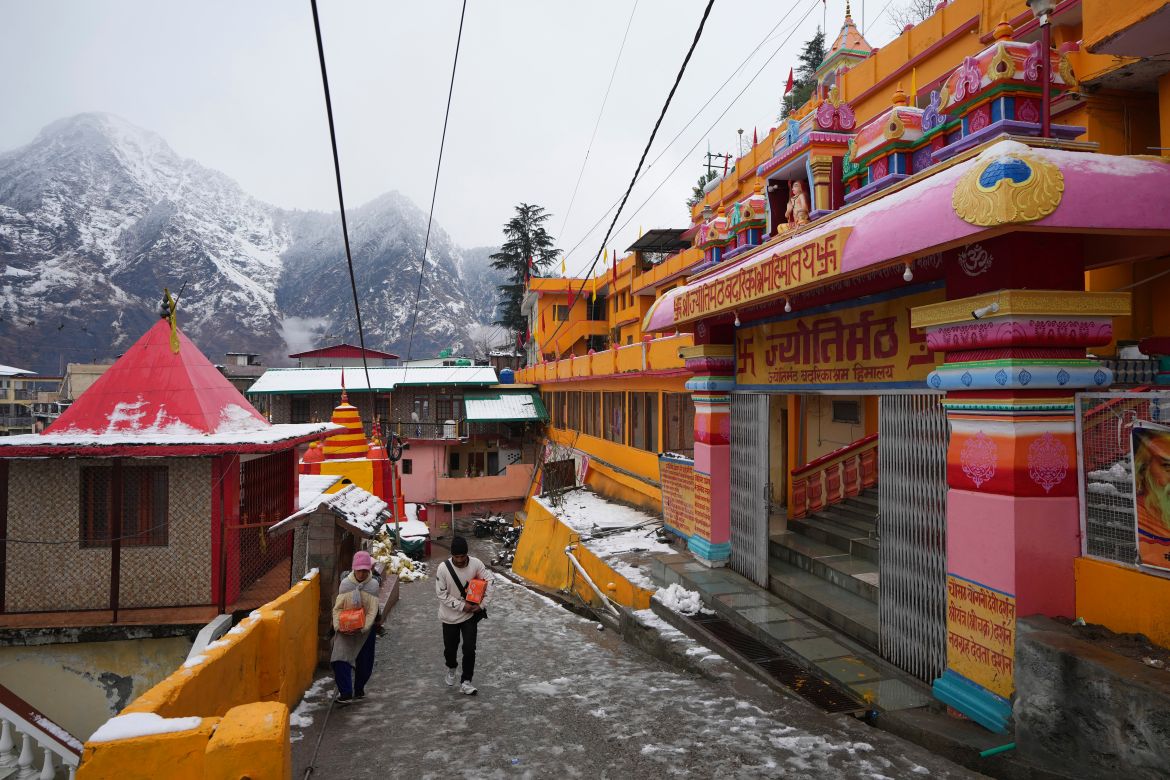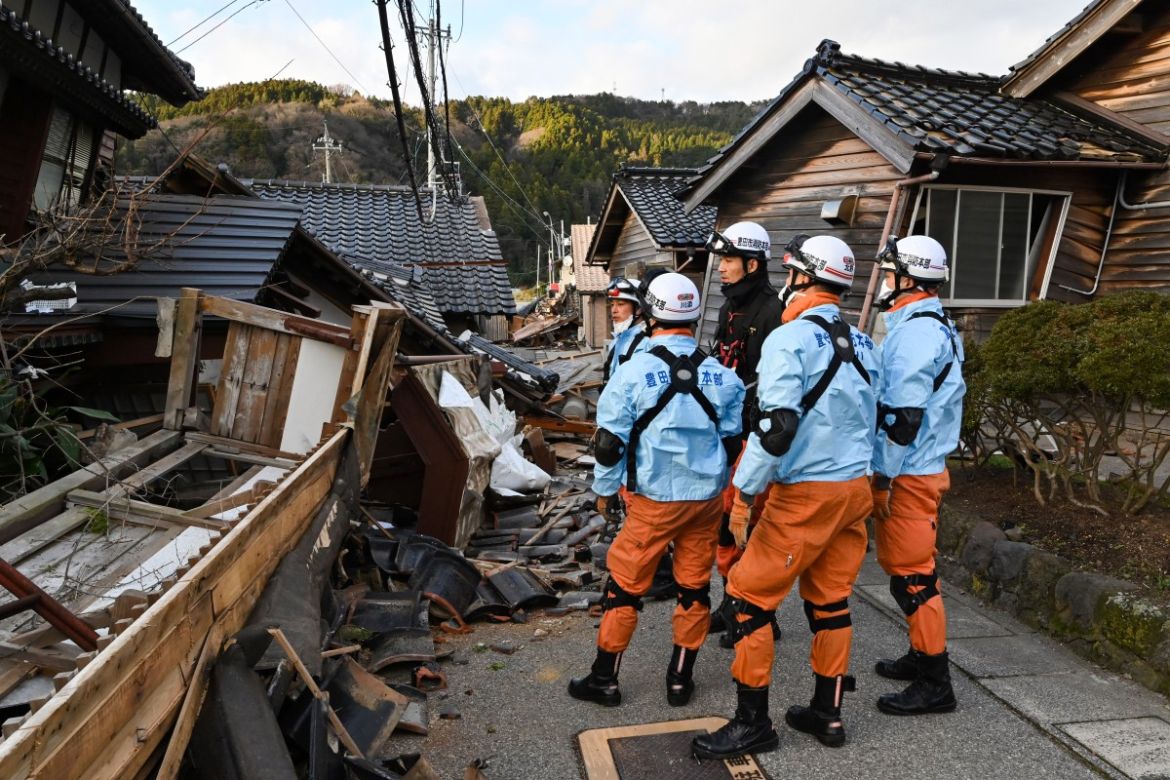- hot-spots
- land subsidence
- Japan
- Land subsidence due to groundwater exploitation in Japan

Land subsidence due to groundwater exploitation in Japan
Japan
last update:
2 months agoProblems
Land Subsidence in Japan
Land subsidence is mainly caused by overexploitation of groundwater, and it has resulted in several problems along Japan's coastal areas, such as damage to buildings and facilities, changes in stream slopes, and increased risks of river flooding during high tides or storm surges. In Japan, groundwater has been extensively exploited for various purposes, including industrial use, public water supply, and agriculture. This overexploitation has decreased underground water levels, causing the land to sink. The problem is particularly severe in urban areas with high water demand. Land subsidence can lead to numerous problems. It can damage buildings and infrastructure, disrupt transportation, and increase flood risks, especially in low-lying coastal areas. In Japan, where many cities are located near the coast and are already vulnerable to sea-level rise due to climate change, land subsidence further exacerbates these risks. Tokyo is one of the cities that has experienced significant land subsidence due to groundwater extraction. In the 1960s, parts of Tokyo sank at 240 mm per year. This rapid subsidence led to frequent flooding and damage to infrastructure. In response, the Tokyo Metropolitan Government implemented strict groundwater use regulations, successfully reducing the subsidence rate. However, other areas of Japan continue to face this issue. In Osaka, another major city, land subsidence due to groundwater extraction remains a significant problem. The city is located in a low-lying area near the coast, making it particularly vulnerable to flooding. According to the flood hazard map of the Ministry of Land, Infrastructure, Transport and Tourism, most of the city of Osaka is in an area expected to be flooded. This is partly because the Yodo and Yamato Rivers, which are first-class rivers, cross from east to west, but the main reason is that Osaka is low-lying. It wasn't always like this. Osaka is Japan's largest city and has a thriving industry. There are many factories in the area and there is a high demand for groundwater, and large amounts of groundwater were pumped out during the early Showa era (December 25, 1926 to January 7, 1989). As a result, the ground subsided. In addition to these preventive works, the use of groundwater was gradually regulated as industrial water supply works planned to replace groundwater were completed. Thanks to a regulation prohibiting the use of groundwater in the city of Osaka, land subsidence in the city has gradually decreased and is now almost stopped.
Conclusion
Land subsidence due to groundwater exploitation is a pressing issue in Japan. While steps have been taken to address this problem, more must be done. As the water demand continues to grow, it is crucial to manage groundwater resources sustainably. At the same time, Japan's experience offers valuable lessons for other countries facing similar challenges. Through a combination of policy, technology, and planning, it is possible to mitigate the impacts of land subsidence and ensure the resilience of our cities.
Gallery
4Timelines
2022
A Land Subsidence Planning and Implementation Committee (PIC) was set up as the successor to the JCC to implement action plans. The action plans established by the JCC incorporate countermeasures such as constructing additional monitoring wells, expanding areas where well pumping is prohibited, constructing seawalls, and expanding land subsidence countermeasures for other cities.
2018
The Japan International Cooperation Agency (JICA) implemented a project supporting land subsidence countermeasures in Jakarta, the capital of the Republic of Indonesia. In Jakarta, excessive groundwater abstraction by factories and commercial facilities has led to subsidence, especially in the northern parts of the city, where land has sunk up to 4 meters since the 1970s. As a result, some areas are experiencing seawater inundation at high tide. It is estimated that if land subsidence progresses more, flooding risks, storm surges, and logistical stagnation due to these natural disasters will increase over a large area.
2007
The state of land subsidence from 2007 to 2020 was analyzed using data gathered from JAXA (Japan Aerospace Exploration Agency)’s Advanced Land Observing Satellite ALOS and its successor ALOS-2, which can measure changes in the ground using special radar. JICA also installed monitoring wells in three locations in northern Jakarta to observe the state of land subsidence above ground.
2000
Japan began using advanced technologies such as InSAR (Interferometric Synthetic Aperture Radar) to monitor land subsidence. These monitoring systems allowed for early subsidence detection and helped mitigate its impacts.
1961
September
The second Typhoon Muroto caused severe flood damage in the city of Osaka. The Industrial Water Law has been partially revised. More satisfactory dams were repaired and built to prevent a similar disaster in the future.
1960
Tokyo experienced significant land subsidence due to groundwater extraction. Parts of the city were sinking at 240 mm per year. This rapid subsidence led to frequent flooding and damage to infrastructure. The Tokyo Metropolitan Government recognized the severity of the problem and began to take action.
1934
September
Typhoon Muroto is considered the deadliest typhoon in Japanese history, leaving parts of Osaka in ruins. Thousands of structures were damaged or destroyed, leaving approximately 200,000 people homeless. Among the 3,066 killed were 421 children. Tidal waves heavily damaged the city of Osaka during Typhoon Muroto. The soil settled by almost 3 meters. As a result, leveling studies and observation wells were used to clarify the actual situation in an organized manner.
1931
Since 1931, industry in Osaka has developed dramatically, and groundwater use has increased, leading to land subsidence of up to 20 cm per year.


